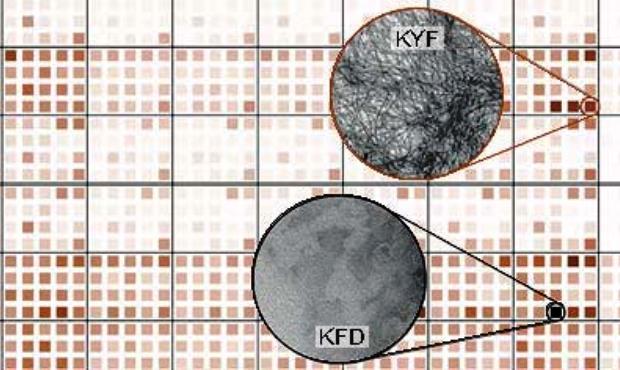67. Exploring the sequence space for (tri-)peptide self-assembly to design and discover new hydrogels
Peptides that self-assemble into nanostructures are of tremendous interest for biological, medical, photonic and nanotechnological applications. The enormous sequence space that is available from 20 amino acids probably harbours many interesting candidates, but it is currently not possible to predict supramolecular behaviour from sequence alone. Here, we demonstrate computational tools to screen for the aqueous self-assembly propensity in all of the 8,000 possible tripeptides and evaluate these by comparison with known examples. We applied filters to select for candidates that simultaneously optimize the apparently contradicting requirements of aggregation propensity and hydrophilicity, which resulted in a set of design rules for self-assembling sequences. A number of peptides were subsequently synthesized and characterized, including the first reported tripeptides that are able to form a hydrogel at neutral pH. These tools, which enable the peptide sequence space to be searched for supramolecular properties, enable minimalistic peptide nanotechnology to deliver on its promise.









